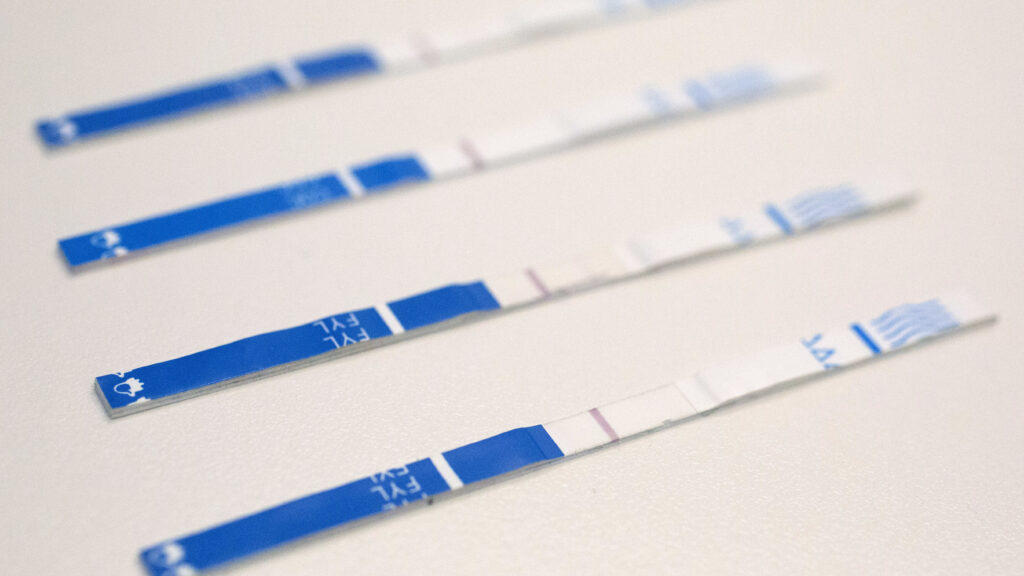
In early November, Governor Tom Wolf signed legislation that legalized the use of fentanyl test strips in Pennsylvania. Before reaching Governor Wolf’s desk, the legislation passed the PA House and Senate unanimously.
This change comes as fentanyl continues to escalate overdose rates in Pennsylvania and across the United States. Fentanyl, which is undetectable by sight, taste, or smell, is often used to cut many different illegal substances. People who use drugs have no way of knowing whether or not fentanyl is in the substance they are using unless they can use test strips to detect fentanyl prior to use.
Fentanyl test strips had been defined as “drug paraphernalia” as part of The Controlled Substance, Drug, Device and Cosmetic Act of 1972. This means that until last month, fentanyl test strips were technically illegal and difficult for people who use drugs to access, particularly those who live in more rural areas of the state.
Urban areas, such as Pittsburgh and Philadelphia, had decriminalized fentanyl test strips in 2021, making it easier for harm reduction organizations to provide them to clients within those cities. However, they remained illegal in rural and suburban counties. Having been legalized across the state, harm reduction organizations can now provide them by mail to people who do not live in a large metropolitan area.
Although it may seem like a small measure, increasing accessibility for fentanyl test strips will go a very long way in reducing deaths from overdose in Pennsylvania and across the United States. Now that the tool is legal everywhere in Pennsylvania, making test strips more widely available will be a key strategy in overdose prevention. What would this look like? Test strips would need to be available at many other places than the just the needle exchange. Legality is only the first barrier to getting tools to prevent overdose into the hands of people who need them.
Homeless shelters, doctor’s offices, emergency rooms, community centers, and other organizations regularly accessed by the public should make fentanyl test strips available for free. Pharmacies should stock fentanyl test strips and make it so they can be purchased over-the-counter and at low costs. Pharmacies may soon be able to provide naloxone, the life-saving overdose reversal medication, over-the-counter. Selling fentanyl test trips alongside naloxone will give people two essential tools to preventing lethal overdose.
If harm reduction organizations are the only outlets providing fentanyl test strips, accessibility will continue to be an issue for people who use drugs in more rural areas with less resources. Policy makers and community members should continue to fight for increased accessibility of fentanyl test strips and other harm reduction tools even after they become legal.





